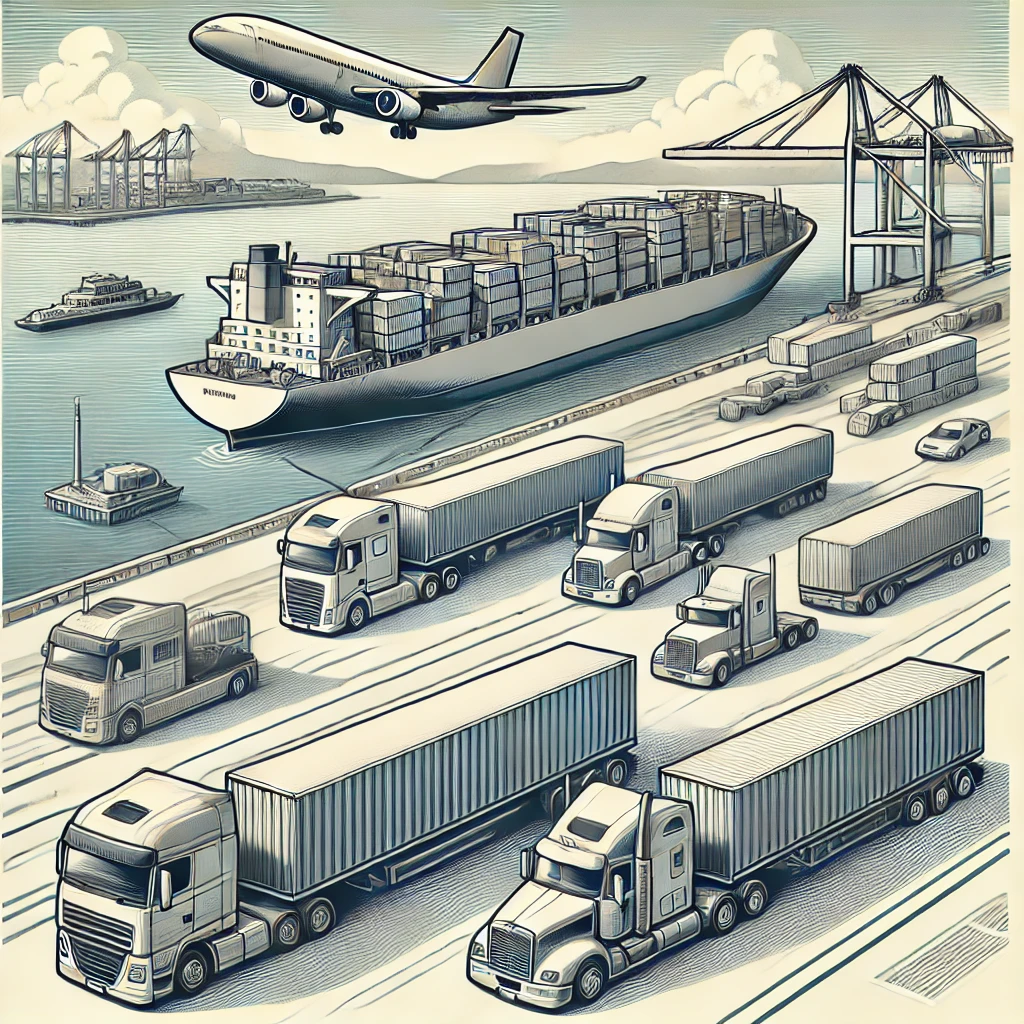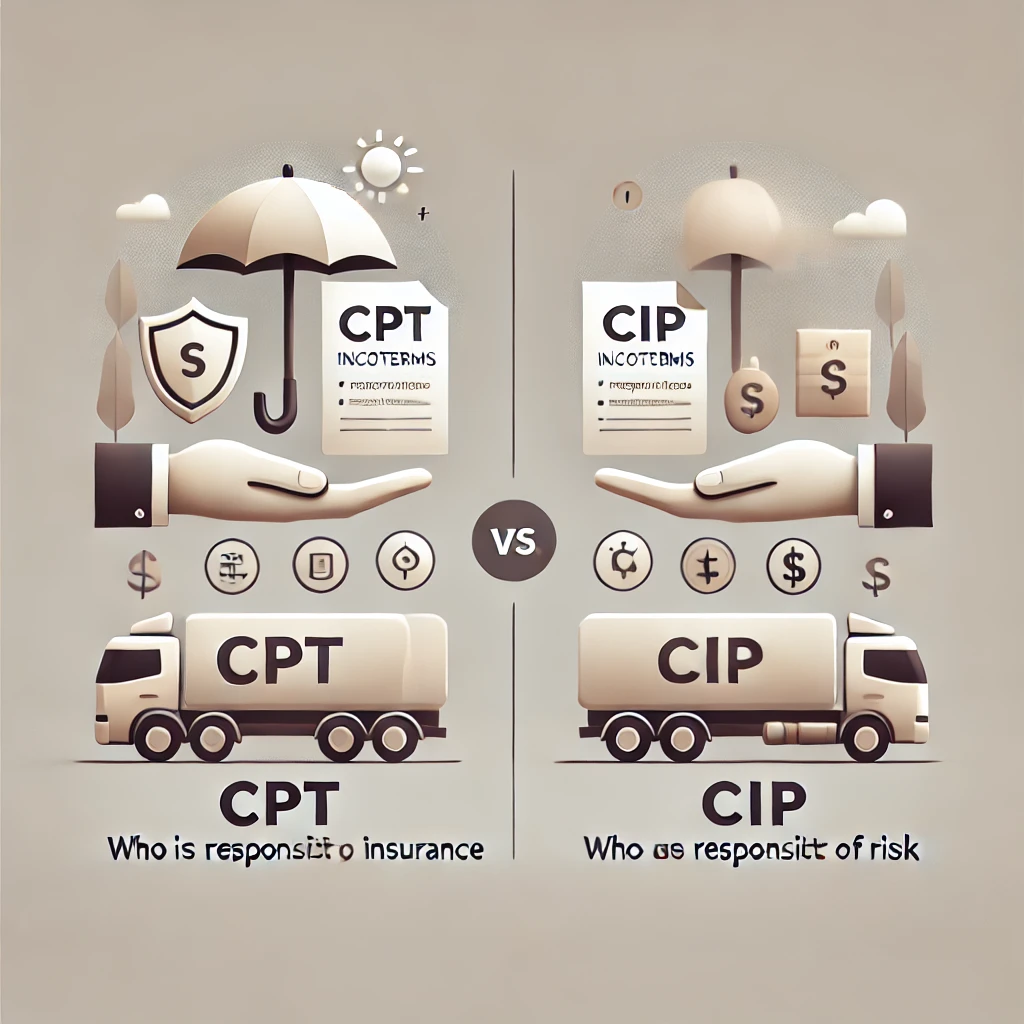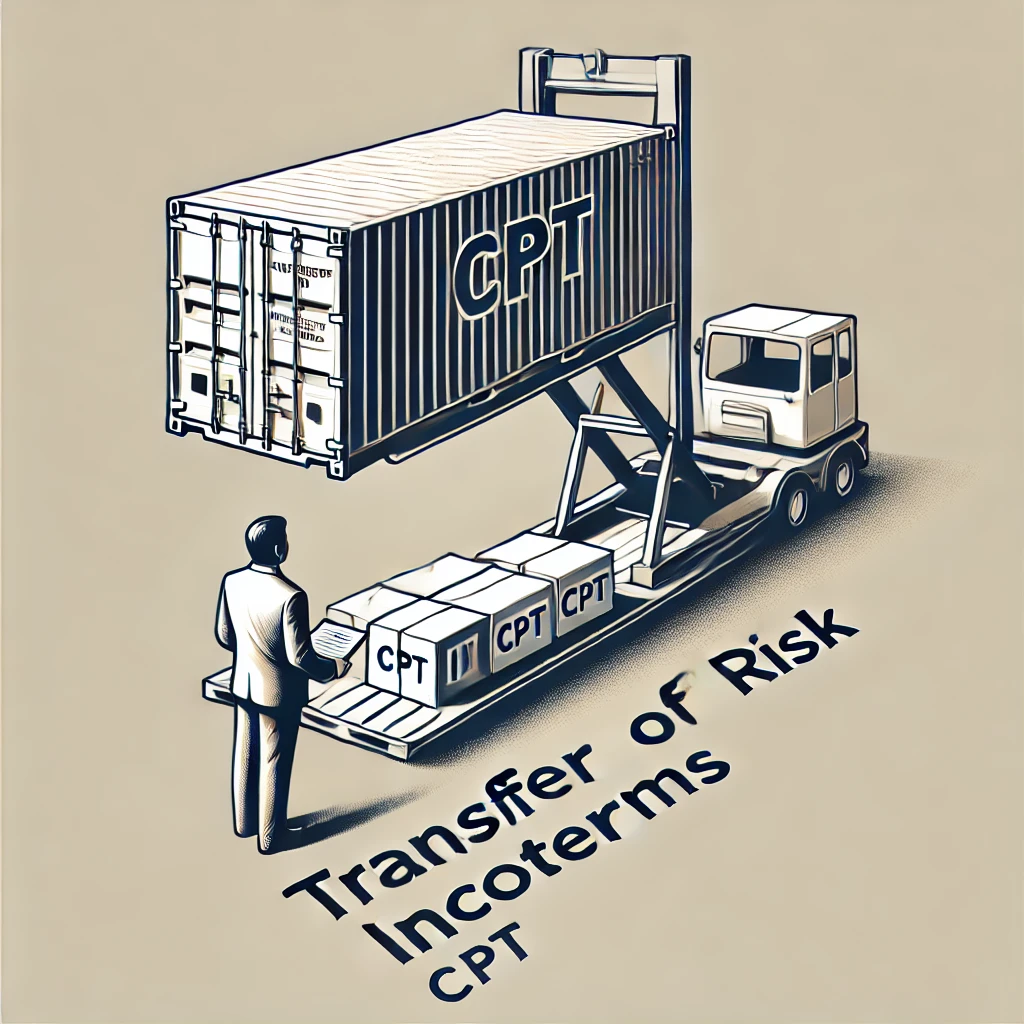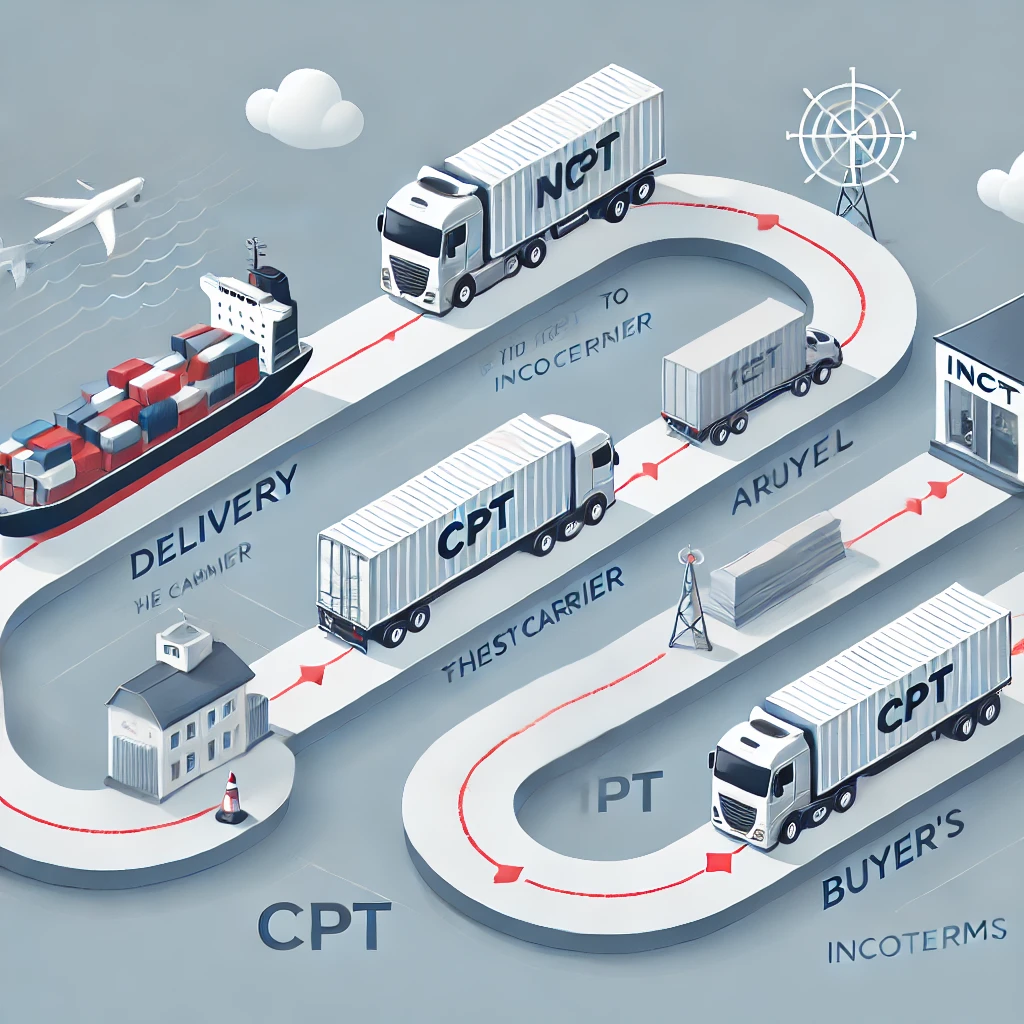Understanding CPT Terms Incoterms: A Comprehensive Guide

What Are Incoterms?
Before diving into the specifics of CPT terms Incoterms, it’s essential to understand the broader context. Developed by the International Chamber of Commerce (ICC), Incoterms are a set of standardized rules that define the responsibilities of buyers and sellers in international transactions.
CPT Meaning in Incoterms
CPT, or Carriage Paid To, is one of the 11 Incoterms defined in the latest version (Incoterms 2020). Under Incoterms, the seller is responsible for arranging and paying for the carriage of goods to a specified destination. However, the risk of loss or damage to the goods transfers from the seller to the buyer once the goods have been delivered to the carrier.
Key Aspects of CPT Terms Incoterms:
- Carrier Selection: The seller chooses and contracts the carrier.
- Cost of Carriage: The seller pays for the main carriage.
- Risk Transfer: Risk transfers to the buyer when goods are delivered to the first carrier.
- Export Clearance: The seller is responsible for export clearance.
- Import Clearance: The buyer handles import clearance and duties.
CPT Terms Incoterms vs. Other Incoterms
To better understand CPT terms Incoterms, it’s helpful to compare them with other similar Incoterms:
CPT vs. CIP (Carriage and Insurance Paid To)
The main difference is that under CIP, the seller is also required to arrange and pay for insurance, while under CPT terms Incoterms, insurance is optional for the seller.
CPT vs. FOB (Free on Board)
FOB is used only for sea and inland waterway transport, while CPT terms Incoterms can be used for any mode of transport.
When to Use CPT Terms Incoterms
CPT terms Incoterms are particularly useful in certain scenarios:
- Multimodal Transport: Can be used for any mode of transport or combinations of different transport modes.
- Container Shipments: It’s well-suited for containerized cargo.
- When Sellers Want Control Over Transport: Allow sellers to choose the carrier and potentially negotiate better rates.
- For Buyers with Limited Logistics Capabilities: Simplify the process for buyers who may not have extensive experience in international shipping.

Responsibilities Under CPT Terms Incoterms
Understanding the division of responsibilities is crucial when using CPT terms Incoterms:
Seller’s Responsibilities:
- Provide goods and commercial invoice as per the contract
- Obtain export licenses and complete export formalities
- Contract for and pay the costs of carriage to the named place of destination
- Deliver the goods to the carrier
- Provide the buyer with the usual transport document
- Pack the goods and mark them appropriately
Buyer’s Responsibilities:
- Pay the price of the goods as stated in the contract
- Obtain import licenses and complete import formalities
- Take delivery of the goods from the carrier at the named place
- Bear all risks of loss or damage to the goods from the time they’ve been delivered to the carrier
- Pay for pre-shipment inspection (except when required by the country of export)
Risk Transfer
One of the most critical aspects of CPT terms Incoterms is the transfer of risk. Under, the risk transfers from the seller to the buyer at the point where the goods are delivered to the carrier.

CPT Terms Incoterms in Practice: A Case Study
To illustrate how CPT terms Incoterms work in practice, let’s consider a hypothetical scenario:
A company in Germany (seller) agrees to sell machinery to a buyer in Canada. The named place of destination is Toronto.
- The German company arranges and pays for transportation to Toronto.
- They deliver the machinery to the carrier in Hamburg.
- At this point, the risk transfers to the Canadian buyer.
- The German company provides the buyer with the usual transport documents.
- The Canadian buyer is responsible for import clearance in Toronto and any further transportation from there.
This example demonstrates how CPT terms Incoterms clearly define the responsibilities and risk transfer point for both parties.
Advantages and Disadvantages
Like all Incoterms, CPT terms Incoterms have their pros and cons:
Advantages:
- Flexibility in transport modes
- Clear division of costs and responsibilities
- Seller maintains control over the main carriage
- Simplifies the process for buyers
Disadvantages:
- Risk for the buyer during main carriage
- Potential for higher costs if the seller adds a margin to the shipping
- Buyer has less control over the shipping process
Common Misconceptions About CPT Terms Incoterms
There are several misconceptions about that are important to clarify:
- Insurance is Included: Unlike CIP, do not require the seller to provide insurance.
- Risk and Cost Transfer Together: The transfer of risk happens earlier than the transfer of costs.
- CPT is Only for Container Shipping: While suitable for containers, can be used for any transport mode.
CPT Terms Incoterms and Documentation
Proper documentation is crucial when using CPT terms Incoterms. Key documents include:
- Commercial Invoice
- Packing List
- Certificate of Origin
- Transport Document (e.g., Bill of Lading or Air Waybill)
- Export License (if required)
Ensure all documents are accurate and comply with the requirements of both the exporting and importing countries.

Conclusion: Mastering CPT Terms Incoterms for Effective International Trade
Understanding CPT terms Incoterms is crucial for anyone involved in international trade. By clearly defining the responsibilities of buyers and sellers, it help facilitate smooth transactions and reduce the potential for disputes.
Whether you’re new to international shipping or a seasoned trader, a thorough understanding of and how they compare to other Incoterms will help you make informed decisions about your international transactions. Remember, while CPT terms Incoterms offer many advantages, it’s essential to consider your specific situation and consult with logistics experts to determine if are the most appropriate for your needs.
By mastering and other Incoterms, you’ll be better equipped to navigate the complexities of global trade, minimize risks, and build strong, efficient international business relationships.
